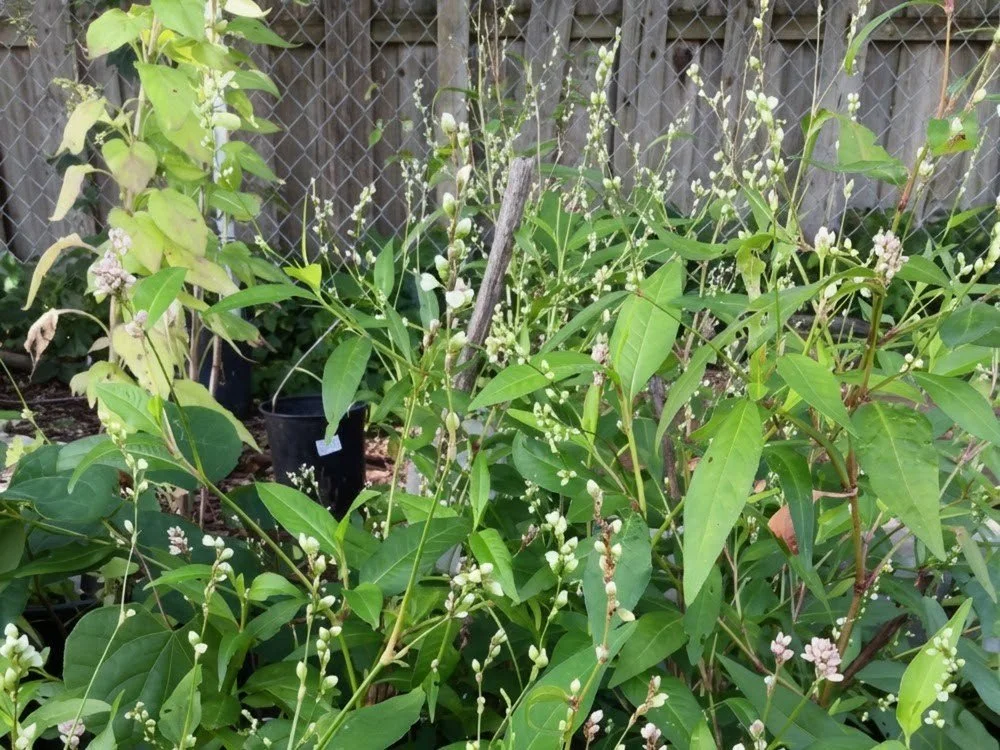Bloom time: mid-summer to early fall
Habitats: borders of ponds and small streams; drainage ditches; moist openings in floodplain forests; seeps; swamps
Lifespan: annual; short-lived perennial
Moisture: moist to wet
Plant type (height): forb (1 to 2.5 feet)
Requirements: full sun to partial sun
Soil: mucky soil that is high in organic matter
